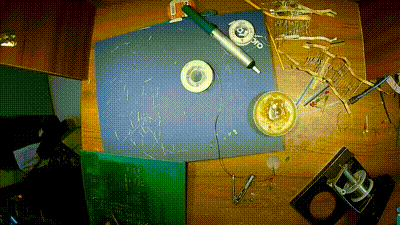General overview
With the treasure trove of knowledge we returned with from SUVAC 2018, it was time to take Duburi to the next level by building Version 2. The first task was to implement the new technologies we had learnt about from the experience to improve the Duburi’s functionality. Chief among them was Machine Vision’. By employing Machine Learning algorithms and even more testing, Duburi path-finding abilities were greatly improved for Version 2. Owing to our prior success, we had received sponsorship from RJE International and Blue Robotics, and this enabled us to build a new body and mechanical framework for Duburi using steel and acrylic. We were also fortunate enough to receive more power thrusters. Our approach to design was also significantly overhauled, and we began to employ the techniques of 3D simulation and CAD modelling to our design process.This was instrumental in the construction of the new body as well as the training of Duburi’s Artificial Intelligence (given our lack of testing facilities). We had also created a subteam focused on underwater research. With these vastly improved capabilities, Duburi Version 2.0 successfully participated in SUVAC 2019.

3d Design Of Duburi 2.0
The newer design of the AUV was built for more efficient space management and keeping in hydrodynamic drag in mind. With its new arched front and revamped structural design increased the AUV's efficiency. The AUV was designed on a 3d platform and tested and simulated on different conditions before implementation.

Hull Design Of Duburi 2.0
The newer hull consisted of reinforced aluminium chassis. Which increased the AUV's structural integrity. The new chassis can withhold much more pressure and is less prone to environmental damage keeping the internal components safe compared to its predecessor.

Board Design Of Duburi 2.0
From its predecessor the electronics system has improved drastically with new PCB implementation which ensures least possible wire cluster. Also makes hot swapping components easier.

Detect Gate
The gate detection mechanism has increased drastically where in its current state can detect gates with very high precision with the help of newer machine learning approaches.
